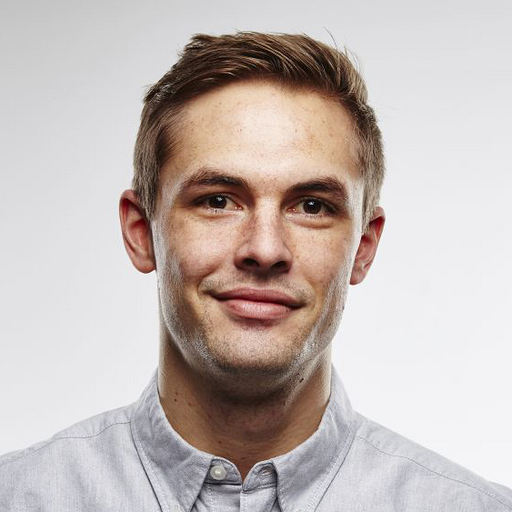Your next smartphone could have a self-healing display to help slash repair bills
Right to (self) repair

Keeping the best phones safe from bumps and scratches can be a tricky business. Either you have to add an ugly, tacky screen protector to your smartphone, or you have to go without and risk damaging your device beyond repair. It’s hardly an ideal situation.
Fortunately, that could all change in the next few years, with one industry analyst group predicting that self-healing displays could arrive in popular smartphones by 2028. If that’s correct, it could spell an end to hairline cracks and fractures blighting your phone screen for good.
The idea comes from a booklet produced by industry analysis firm CCS Insight. In the pamphlet, CCS Insight claims that self-healing displays are “in the early stages of development.” If perfected, this tech could be capable of “repairing minor scratches and dents on their own.”
That’s a pretty exciting idea. Not only would it mean you wouldn’t have to encumber your phone with a screen protector, but you’d also save cash on having to have the display replaced if it gets scratched up. That’s a win-win situation.
A mobile gamechanger

How would this technology work? CCS Insight believes it will all come down to “a special material in the display, which when exposed to air reacts and forms a new layer of material to fill an imperfection.”
Before we get too excited, it’s unlikely that self-healing displays will be able to repair some of the more serious mishaps that can befall a smartphone. A totally obliterated screen or even a moderately bashed-in display are probably well beyond the remit of this tech, and will be for some time.
Still, even the ability to repair small scratches could be a gamechanger. Right now, getting Apple to fix the broken screen on an iPhone 15 will set you back $279 (around £230 / AU$440) if you don’t have AppleCare+ coverage, so avoiding that would be a massive benefit of the self-healing technology – not to mention saving heaps of glass from landfill.
Sign up for breaking news, reviews, opinion, top tech deals, and more.
CCS Insight expects self-healing iPhones to still be at least five years from launching, so we’ll have to be patient for now. But if you've recently upgraded and don't switch phones often, that could mean your next phone has an early version of the tech. When this tech does arrive, it could change the world of smartphones in a big way.
You might also like

Alex Blake has been fooling around with computers since the early 1990s, and since that time he's learned a thing or two about tech. No more than two things, though. That's all his brain can hold. As well as TechRadar, Alex writes for iMore, Digital Trends and Creative Bloq, among others. He was previously commissioning editor at MacFormat magazine. That means he mostly covers the world of Apple and its latest products, but also Windows, computer peripherals, mobile apps, and much more beyond. When not writing, you can find him hiking the English countryside and gaming on his PC.